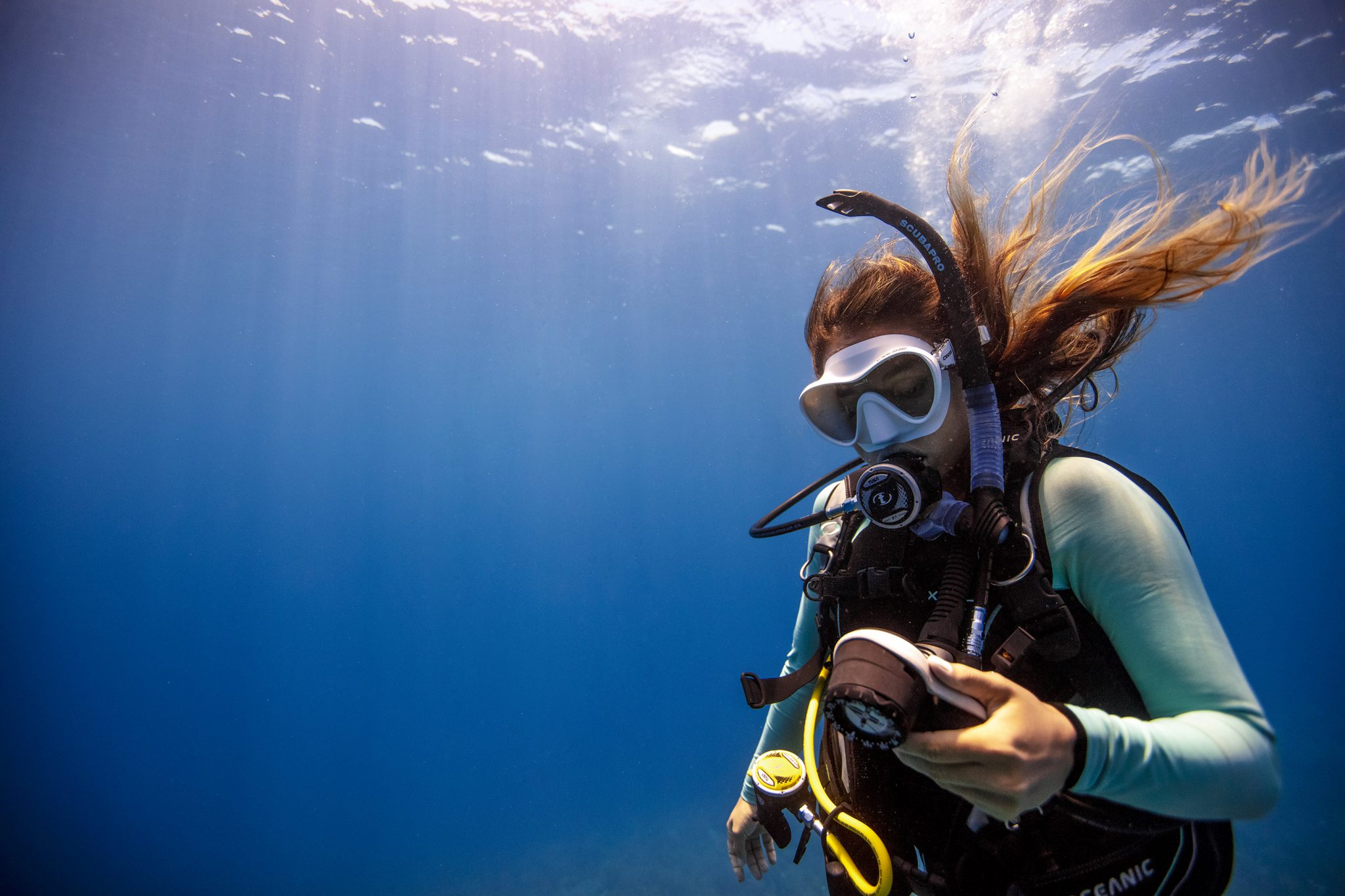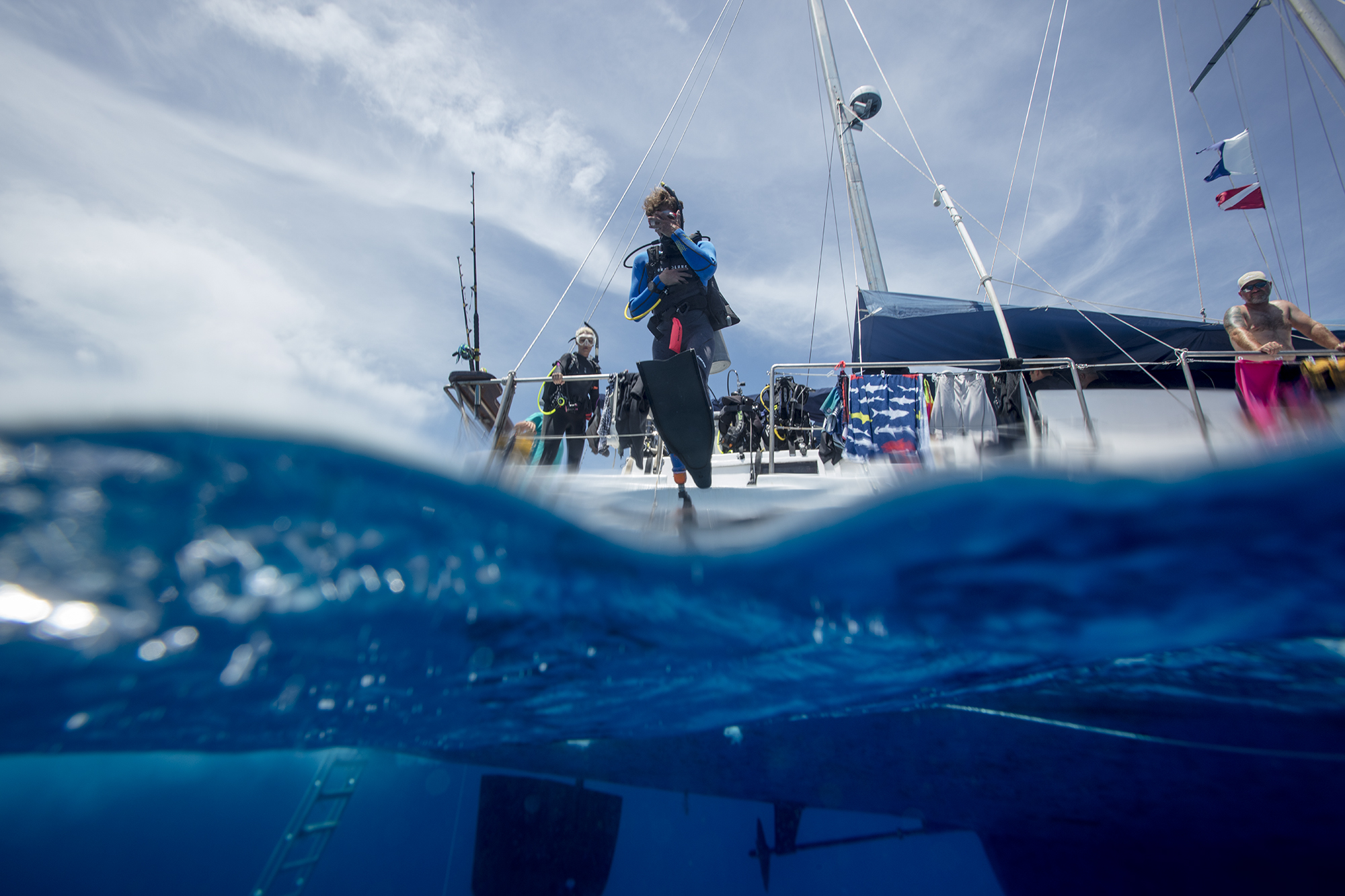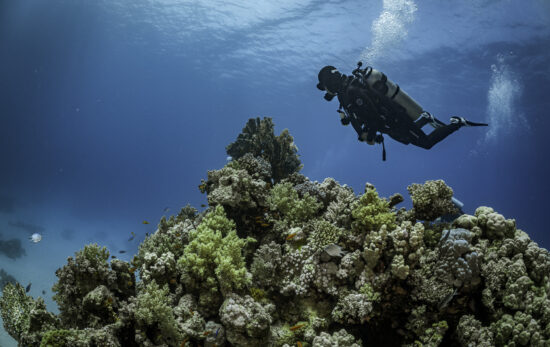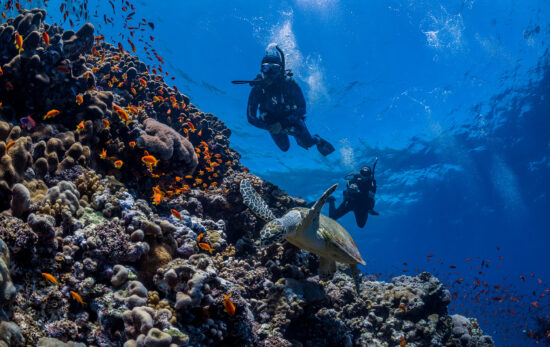As divers, our first priority is always safety. It is more important than any other consideration because when it’s lacking, people can get hurt or die. Dive accidents are often both personal and community tragedies that affect those involved, families and friends. But, the aftermath of a tragic dive accident or fatality may ripple through the dive community around the world.
Unquestionably, diving has an excellent safety record (1.3 to 2.5 fatalities per 100,000 dives current estimates), but the risk/severity relationship requires us to be vigilant and disciplined. In other words, there is generally a reasonably low risk in diving when we follow safe diving practices and established standards, but when they are not followed, or when something goes wrong underwater despite these, the severity of a potential injury has serious consequences.
1. Safety culture is central to diver safety. Incident data repeatedly show that when someone deviates from accept safe diving practices, or demonstrates poor judgement, the probability of an incident goes up. Analyses find violations cause or contribute to the majority of diver fatalities. The lesson is obvious – follow all safe diving practices always, all the time, to the best of your ability. They work – and the data show it. Tied to this is our safety culture – how we socially support and endorse safety values and practices. A strong safety culture stands unified in putting safety first. It has low tolerance for skipping procedures and cutting corner. It embraces calling out problems, encourages questions and opts for the conservative when in doubt. As I said in my previous blog, short cuts can cut our lives short, so our safety culture pushes back against normalization of deviance.

2. Safety overlap created by safety culture is not superfluous. You check your air more than once before diving and constantly while diving. Effective buddy teams ask what planned depth and time will be before the dive, and what they actually were after. During dives, buddies compare air, no stop time remaining and stay in close contact. Preventative safety procedures like these and their overlap have been created culturally through decades of divers and dive leaders who witnessed incidents and close calls. They are intentional and necessary. No single safety procedure accounts for all variables – and those variables include inevitable human error – so we apply multiple procedure “layers” to close the gaps and help offset unintended simple mistakes or omissions. Incidents show that skipping seemingly repetitive procedures or disregarding seemingly “minor” safe diving practices removes a safety layer that in retrospect, would have prevented a tragedy. We have them and they overlap because our culture has seen that they are necessary.
3. Safety culture is human. Safety practices work very well when adapted to the local conditions and to the diver ability, but they don’t work by themselves – nor are they intended to. They rely on all of us applying conservative good judgment. We know we should dive within our training and experience limits. We know what the procedures are within those limits. We know to revise our limits as divers change due to influences like health, inactivity, dive site conditions and so on. If we’re self-honest, doing this is primarily a matter of common sense and choosing the more conservative option when in doubt. Yet, there have been lives lost – even in training – due to diving without required equipment or skipping procedures that even PADI Open Water Diver students know are mandatory. Very poor inexcusable judgment.
4. We are always “on duty” when it comes to safety culture. Diving has an impressive safety record, but striving to improve it never stops. Our actions must be visible and unmistakable, reflecting our safety culture’s best practice without exception. Our guard must always be up, and this especially applies to those of us in leadership roles. To this end, the PADI organization implements and monitors a Quality Management program with respect to PADI program training, codes of conduct and safety standards. At least one in three participants receives a survey (for sometimes it’s more), with any irregularity investigated in a professional and impartial way. When issues do emerge, PADI’s QM process emphasizes correction (clarification, retraining, etc.) because errors or ignorance cause most of them. This is effective because almost all PADI professionals want to follow standards and are willing to learn. But to be direct: PADI Members who wantonly and/or repeatedly violate training standards and/or safe diving practices lose their membership. Their names are published on padi.com, and we tell other training organizations what happened so they can’t simply “change hats” and keep teaching. (Learn more about PADI’s QM here.)

5. Safety culture is central to saving the ocean. Divers are a passionate, growing force increasingly getting world leader attention regarding the plight of the seas and what can be done about it. Our words are credible not simply because of what we witness and are doing, but because our house is in order. If people thought diving were dangerous, no one would listen to us. How could we expect anyone to listen to us about the ocean’s problems if we couldn’t take care of our own?
When you embody our safety culture, you are doing more than you may have realized. Most importantly, you’re reducing risk for yourself and your buddy. You’re promoting safety culture by being visible, and that helps reduce risk for other divers. And you’re keeping our community reputable, which is important for the sake of people and humanity as well as saving the ocean.
Safe diving,
Drew Richardson
PADI President & CEO PADI Worldwide




